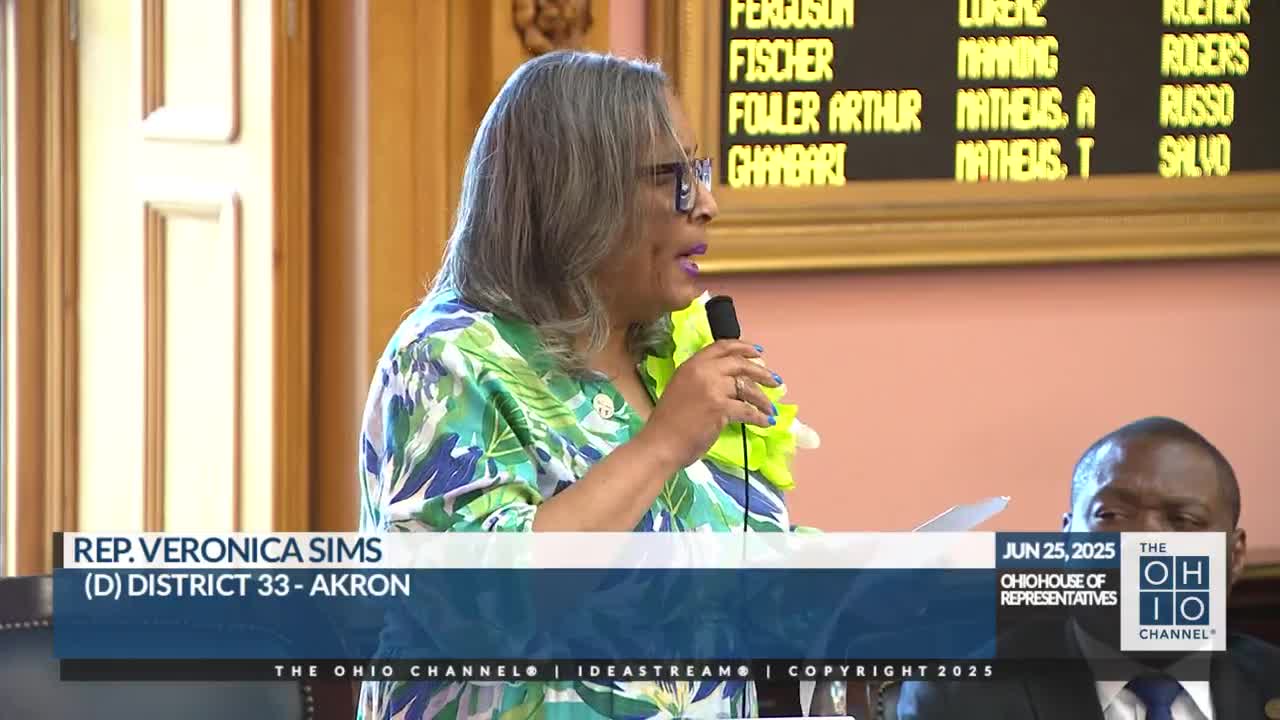
This article was created by AI using a video recording of the meeting. It summarizes the key points discussed, but for full details and context, please refer to the video of the full meeting. Link to Full Meeting
One lawmaker highlighted the struggles of single working mothers, using the example of a constituent named Courtney. She described Courtney as a mother of two who faces financial challenges, particularly with childcare costs that consume a large portion of her income. This personal story underscored a broader issue: the need for increased support for families striving to remain in the workforce.
The meeting also addressed cuts to essential programs, including childcare support, which could potentially serve an additional 20,000 children. Lawmakers expressed disappointment over the decision to reduce funding for foster grandparent programs, which provide mentorship and support to young people with special needs, as well as cuts to senior companion programs that foster community engagement.
The overarching sentiment among some legislators was that the current budget choices do not adequately support families and community-driven initiatives. They emphasized the need for a budget that reflects the values and needs of Ohioans, advocating for a reevaluation of funding priorities to better serve vulnerable populations.
As the discussions continue, the implications of these budgetary decisions will likely resonate throughout the state, affecting families and community programs in the months to come.
Converted from Video meeting on June 28, 2025
Link to Full Meeting
Comments
View full meeting
This article is based on a recent meeting—watch the full video and explore the complete transcript for deeper insights into the discussion.
View full meeting